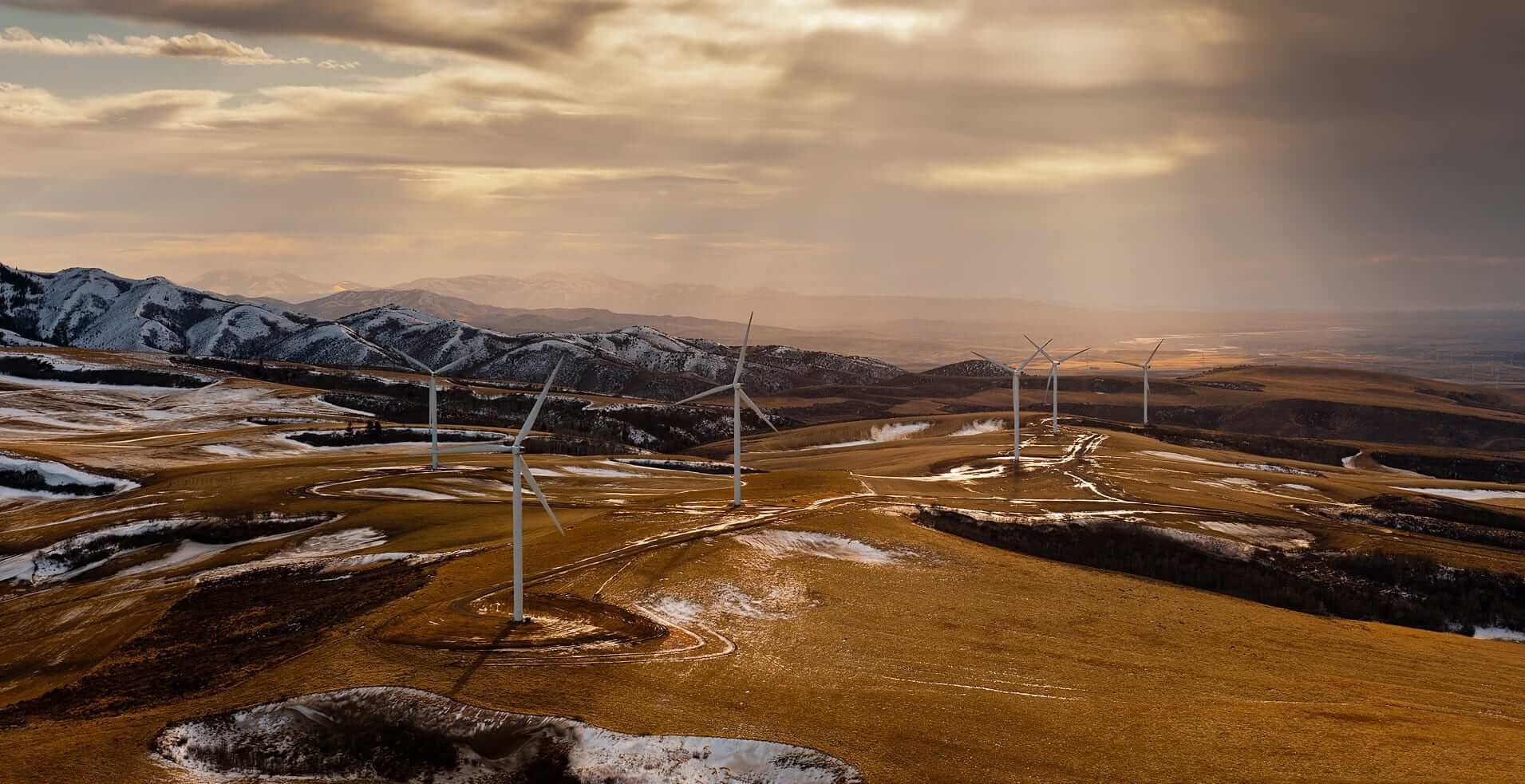2018 highlights: Wind power takes wildlife conservation to the next level
Last year, the American Wind Wildlife Institute (AWWI) celebrated its 10 year anniversary. And there was no better way to mark the occasion than the creation of the new Wind Wildlife Research Fund.
AWWI was founded by leaders of the wind industry in 2008 to maximize wind energy’s conservation potential through collaboration and research. A group of environmental advocates and members of the wind industry came together with a goal to improve wind’s already strong environmental performance, and the results have been astounding.
The new Wind Wildlife Research Fund represents the U.S. wind industry’s commitment to wildlife conservation by directly funding research projects to improve our understanding of how wildlife interacts with wind development. It will also explore technologies and methods that can be deployed to minimize or eliminate wind impacts on wildlife. Wind companies will fund the initiative, and additional funding will come from conservation groups.
“This first-of-its-kind fund will make it possible to continue to expand wind energy development while also protecting and conserving wildlife populations,” said Greg Wolf, CEO of Leeward Renewable Energy. “It speaks volumes about the wind industry’s values that so many companies have stepped up to invest in the fund.”
“The fund is a tremendous step forward and further evidence of the wind industry’s commitment to responsible wind development,” said Tristan Grimbert, CEO of EDF Renewables. “A significant amount of important research about how to make wind energy safer for wildlife has been done since AWWI was founded in 2008, but collectively, we recognize that there is more to know, and we are pleased to support this initiative.”
The Fund is one more effort to improve on wind’s environmental performance. Studies show that wind has the lowest impact on wildlife and their surrounding habitat of any large-scale way to generate electricity. Wind farms already leave 98 percent of their footprint undisturbed. Except for the physical turbine towers and small access roads, wind farms can remain a suitable habitat for local wildlife.
On top of that, wind farms offer other enticing environmental benefits. For example, wind can significantly reduce local air pollution that is harmful to humans and wildlife. Reducing carbon emissions and other forms of air pollution lessens climate impacts and instances of asthma. Wind farms also reduce water consumption by billions of gallons a year. In 2017, wind avoided over 95 billion gallons of water use—the equivalent of 723 billion bottles of water. These benefits are great for people and wildlife alike.
So far, 28 companies have signed onto the research fund. Expect more to come on wildlife conservation as the wind industry strives to take its environmental record to the next level.





